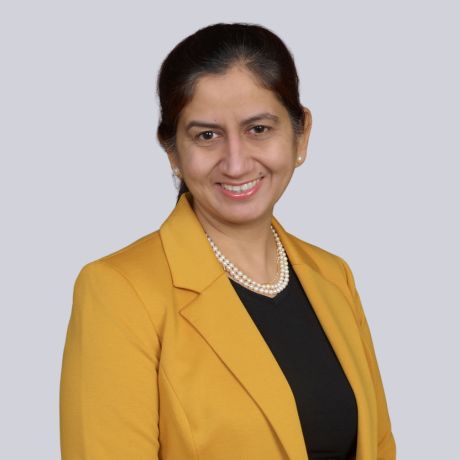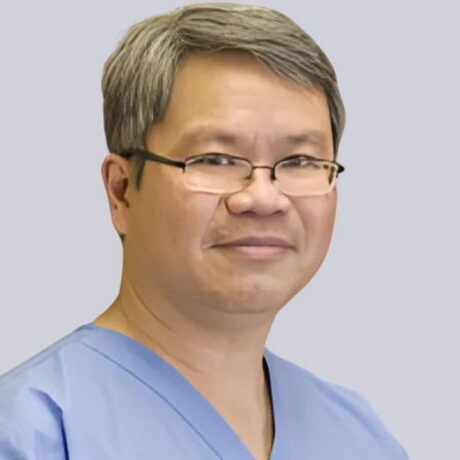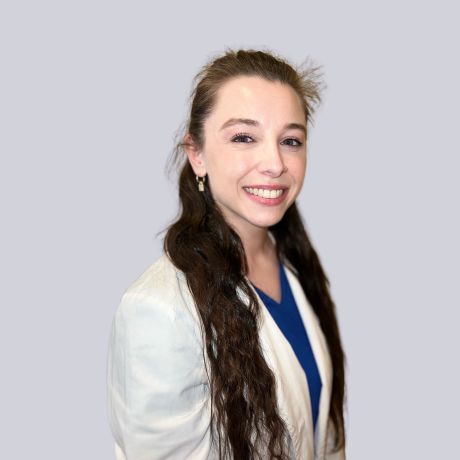Live An Active Life With Healthy, Pain Free Legs!
Book a Consultation!

Henna Kalsi, MD, FSVM, RVT
Dr. Henna Kalsi is the Medical Director at Minnesota Vein Center with over 20 years of experience practicing as a Vascular Medicine and Vein specialist. Dr. Kalsi completed her Vascular Medicine Fellowship at Mayo Clinic and Cleveland Clinic.

Primepares G. Pal, MD, FACP, RPVI
Dr. Pal, a highly trained varicose vein physician in Minnesota, is the founder of Minnesota Vein Center and Board Certified in both Internal Medicine and Venous and Lymphatic Medicine.

Jessi Clemens
Jessi Clemens, is a registered Diagnostic Medical Sonographer RDMS. She received her Associate of Applied Science degree in Diagnostic Medical Sonography from Concordia University, St. Paul.
Visit One of Our Minnesota Vein Center Locations!
FAQs
Most Frequent Questions and Answers
What are Varicose Veins? What are Spider Veins?
In your leg, you have two sets of veins. They are called deep veins and superficial veins.
Deep veins are in the deeper part of the leg where the muscles are, and superficial veins are right under the skin.
In a normal person, the blood circulates from the feet toward the heart in both veins.
When someone has venous insufficiency, the blood will go up the deep veins and back into the superficial vein.
The blood will start pooling in the superficial veins.
Since the superficial veins are closest to the skin, they will bulge and create varicose veins. Varicose veins are abnormally enlarged veins in the legs that are sometimes ropy and twisted in appearance.
Spider veins are groups of red or blue veins, close to the surface of the skin, that resemble the delicate strands of spider webs. Spider Veins are essentially a smaller version of varicose veins. They are most often seen on the legs, chest, or face.. It is common to find spider veins and varicose veins together.
Do Varicose Veins ALWAYS Show Physical Symptoms?
No. Varicose veins can occur deeper in the leg, where one can’t see them. Varicose veins are classified under the spectrum of venous insufficiency.
Venous insufficiency causes leg discomfort, swelling of the ankles and leg, itching, and fatigue. Other signs and symptoms may be prickling, cramping, aching, and heaviness of the lower limbs after prolonged standing.
Keep an eye out for these symptoms besides simply visible veins.
Can I Get Rid of Varicose Veins Naturally?
What Happens If I Don’t Treat Varicose Veins?
Progression of varicose veins can be dangerous as they may later become venous ulcerations. When left without treatment, complications may include rashes, infections, bleeding, sores, and blood clots.
In rare cases, varicose veins can cause deep vein thrombosis (DVT) and pulmonary embolism, which is life-threatening.
What is Your Process? How are Varicose Veins Diagnosed?
1) Consult – We start you with a consultation where you will be listened to and encounter a friendly staff that will ensure you get the best care. On the first visit, that care will come from our expertly trained team, including Dr. Kalsi and an ultrasonographer.
2) Ultrasound – After the consult, we move on to the assessment, providing you with an accurate diagnosis. You will get the same-day ultrasound and results on-site while you see the provider. This will get you back to life as swiftly as possible.
3) Treatment Plan – After we conclude our assessment, we will provide you with a treatment plan.
There are many different options, such as Radiofrequency Ablation (RFA), sclerotherapy, pneumatic compression, and more. We will ensure you get the perfect customized treatment based on your needs and outcome goals.
Does the Treatment Hurt?
How Long Does it Take to Recover From Varicose Vein Treatment?
Patients usually return to work and activities on the very same day. Very little downtime is needed for our treatments.
